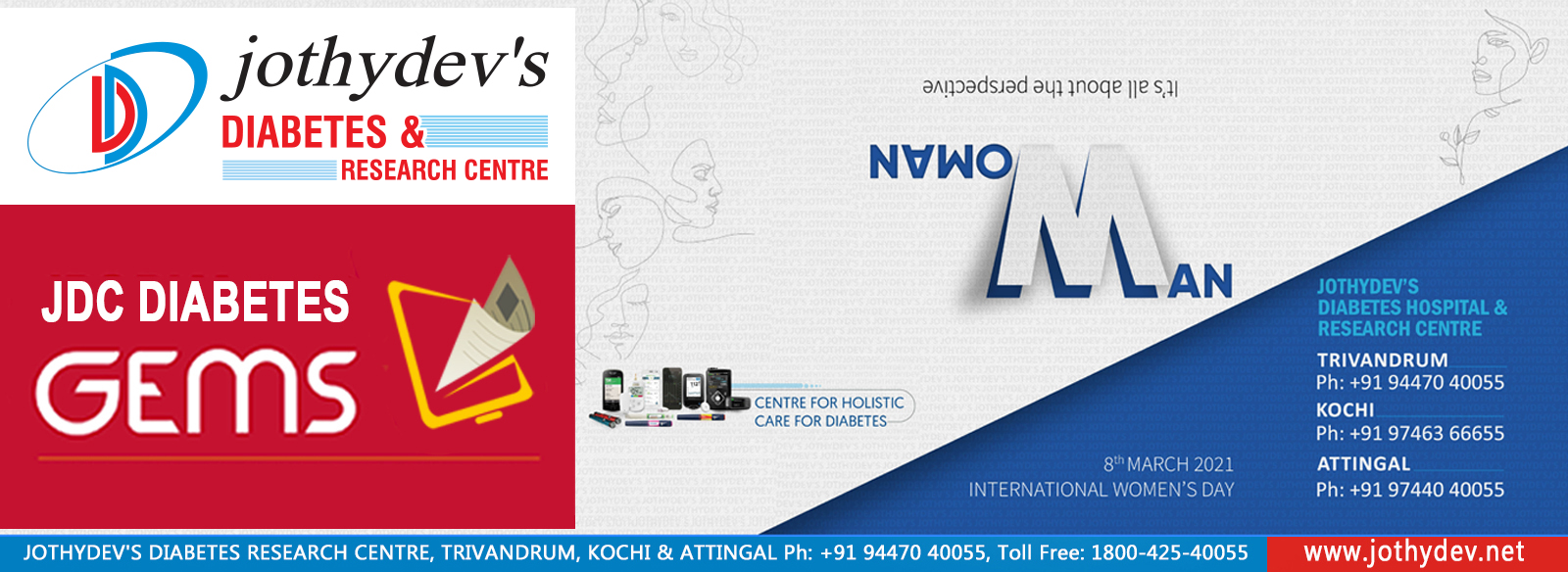
1. Cancer identified as the leading cause of mortality in
people with diabetes

A recent study published in The Lancet Diabetes & Endocrinology conducted by the researchers from the Imperial School of Public Health revealed that there is a huge transition happened in the cause-specific mortality rate in people with diabetes. The study focused on how all-cause and cause-specific mortality rates in people with diabetes have changed over time, how the composition of the mortality burden has changed, and how this composition can be compared with the non-diabetes population. The study observed a significant decrease in the vascular disease death rates and an increase in cancer-related death rates in individuals with diagnosed diabetes.
In this epidemiological analysis of linked primary care data, the investigators had estimated the death rates and the cause composition of deaths in adults in England with and without diabetes, from 2001 to 2018 using the Clinical Practice Research Datalink (CPRD) GOLD. The criteria followed was that the participants were aged 18 years or older (or joined the cohort when they became 18 years old during study follow-up), the patient record was marked as acceptable by CPRD for research, and the participating primary care practice was deemed to be contributing up-to-standard data by CPRD. The discrete Poisson regression model was used to estimate annual death rates and compare rates between diabetes and the non-diabetes population.
According to the authors, there was a tremendous fall in death due to vascular conditions such as heart disease and stroke due to improvements in risk factors such as blood pressure, smoking and medications in people with diabetes. But it is quite frightening that cancer is now emerging as the major cause of death in people with diabetes. Preventive measures for diabetes therefore should incorporate the essentials to address the diverse causes of deaths in people with diabetes with special attention to cancers.
For enquiries info@jothydev.net.
Please visit: jothydev.net | research.jothydev.com | diabscreenkerala.net | jothydev.com/newsletter
